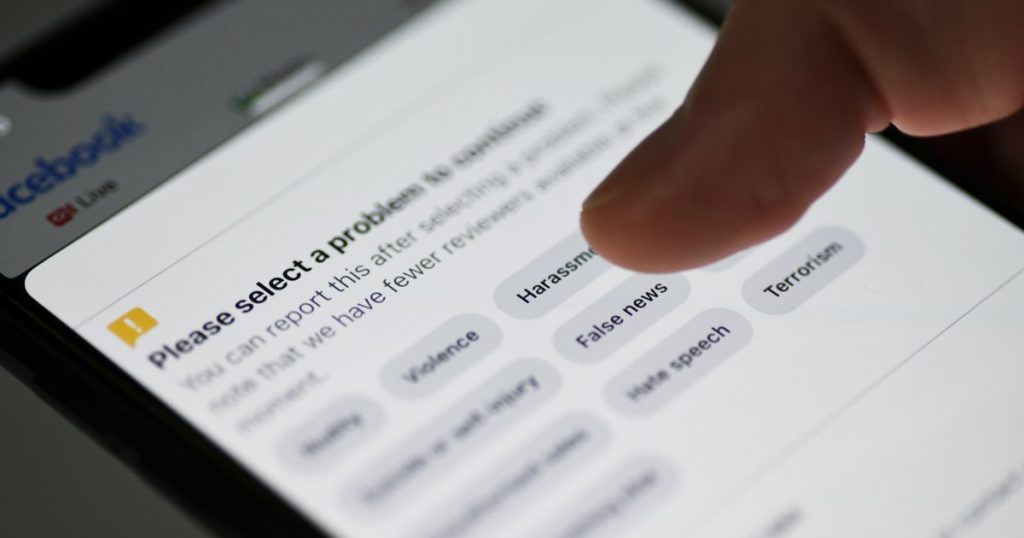Navigating the Landscape of Misinformation and Disinformation: A Deep Dive into the Current Information Ecosystem
The digital age has ushered in an era of unprecedented information access, empowering individuals with knowledge and fostering global connectivity. However, this democratization of information has also brought with it a shadow: the proliferation of misinformation and disinformation, often collectively referred to as "misinformation." This phenomenon, characterized by the spread of false or misleading information, poses a significant threat to democratic processes, public health, and societal cohesion. Distinguishing between misinformation (false information spread unintentionally) and disinformation (false information spread intentionally to deceive) is crucial for understanding the nuances of this complex landscape. While both contribute to the erosion of trust and the amplification of harmful narratives, disinformation carries a more deliberate and malicious intent, often wielded for political gain, social manipulation, or economic profit. The rise of social media platforms, with their algorithmic amplification and echo chambers, has exacerbated the spread of both misinformation and disinformation, creating an environment where false narratives can rapidly gain traction and influence public opinion.
The historical context of misinformation and disinformation is deeply rooted in propaganda and psychological warfare. From ancient rumors spread to demoralize enemies to the sophisticated propaganda campaigns of the 20th century, attempts to manipulate information have long been a tool of power and control. The modern digital landscape, however, presents new challenges. The speed and scale at which information can be disseminated online are unprecedented, and the anonymity afforded by many platforms makes it difficult to trace the origins of false narratives and hold those responsible accountable. Furthermore, the sophisticated techniques employed by malicious actors, such as the use of deepfakes and bot networks, blur the lines between reality and fabrication, making it increasingly difficult for individuals to discern truth from falsehood. The consequences of this information pollution are far-reaching, impacting everything from electoral outcomes to public health crises.
The impact of misinformation and disinformation is profound and multifaceted, affecting individuals and society at large. On a personal level, exposure to misinformation can lead to confusion, anxiety, and poor decision-making. For example, during the COVID-19 pandemic, the spread of misinformation about the virus and its treatments led to vaccine hesitancy and the adoption of harmful health practices. On a societal level, misinformation erodes trust in institutions, fuels polarization, and can even incite violence. The spread of conspiracy theories and disinformation campaigns can undermine democratic processes by sowing doubt about election integrity and eroding public faith in government. Moreover, the proliferation of false narratives can exacerbate existing social divisions and contribute to the spread of hate speech and discrimination.
Combating the spread of misinformation and disinformation requires a multi-pronged approach involving individuals, platforms, and government. Media literacy education plays a critical role in empowering individuals to critically evaluate information and identify false narratives. Developing critical thinking skills, understanding the difference between credible and unreliable sources, and recognizing common misinformation tactics are essential for navigating the complex information landscape. Social media platforms also bear a responsibility to address the spread of misinformation on their platforms. This includes investing in fact-checking initiatives, developing algorithms that prioritize credible sources, and removing accounts that engage in coordinated disinformation campaigns. Furthermore, governments have a role to play in regulating the spread of harmful information while upholding freedom of speech principles. This delicate balance requires careful consideration and international cooperation to address the transnational nature of the problem.
The legal and ethical considerations surrounding misinformation and disinformation are complex and contentious. On the one hand, freedom of speech is a fundamental right that must be protected. On the other hand, the spread of harmful falsehoods can have serious consequences for individuals and society. Striking the right balance between these competing interests is a challenge that requires careful consideration. Some argue that platforms should have greater responsibility for the content shared on their platforms, while others maintain that censorship should be avoided at all costs. The development of effective legal frameworks to address misinformation and disinformation is an ongoing process that requires international cooperation and ongoing dialogue. Furthermore, ethical considerations regarding the use of artificial intelligence and other technologies to combat misinformation must be addressed to ensure responsible and ethical use.
Looking ahead, the challenge of navigating the misinformation landscape will likely intensify as technology continues to evolve. The development of increasingly sophisticated AI-powered tools for creating and disseminating misinformation poses a significant threat. Deepfakes, for instance, can be used to create realistic but fabricated videos that can be used to spread disinformation and manipulate public opinion. Combating this evolving threat will require continued investment in media literacy education, technological solutions, and international cooperation. Furthermore, ongoing research and analysis of the evolving misinformation landscape are crucial for developing effective strategies to address this complex and multifaceted challenge. Ultimately, a concerted effort from individuals, platforms, governments, and researchers will be essential to navigate the evolving information landscape and safeguard the integrity of information in the digital age.


